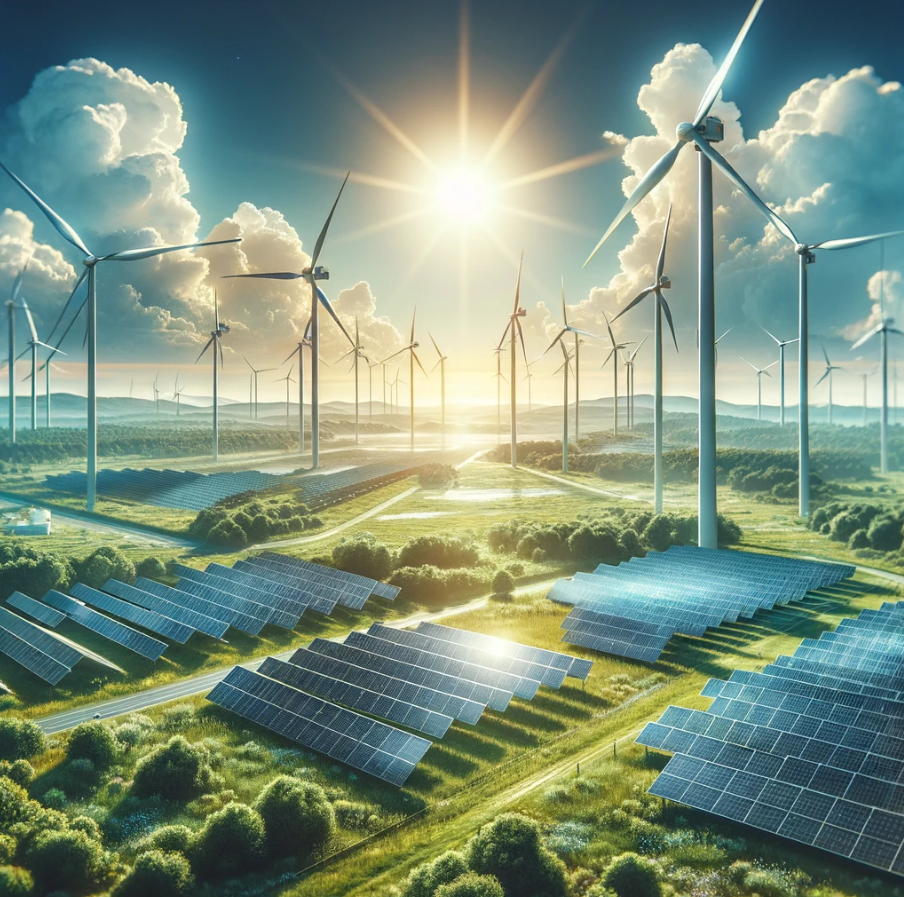In today's world, as environmental issues and energy crises become increasingly severe, the development and utilization of renewable energy sources have become a global focus. Wind and solar energy, as two of the main types of renewable energy, are widely considered key to the future energy transition due to their clean, inexhaustible, and environmentally friendly characteristics. However, the implementation of any energy technology faces the dual challenges of efficiency and cost, which is precisely where plate heat exchangers come into play.
Wind energy, which converts wind power into electrical energy using wind turbines, boasts advantages such as being renewable, clean, and having low operational costs. It provides power without consuming water resources, making it particularly suitable for regions rich in wind resources. However, the intermittency and location dependency of wind energy limit its widespread application. In certain scenarios, wind energy can be combined with plate heat exchangers, especially in wind-powered heat pump systems used for heating and cooling buildings. These systems use wind electricity to drive heat pumps, transferring heat efficiently through plate heat exchangers, thus enhancing energy utilization efficiency and reducing the demand for traditional energy sources.
Solar energy, generated through the direct conversion of sunlight into electricity or thermal energy, is an inexhaustible energy supply method. Photovoltaic power generation and solar thermal water heating systems are two common utilization methods. The advantages of solar energy include its widespread accessibility and minimal environmental impact. However, solar energy's output is significantly affected by weather and day-night changes, exhibiting notable intermittency. In solar thermal water systems, plate heat exchangers, with their efficient heat transfer capabilities, facilitate thermal exchange between solar collectors and storage systems, enhancing the system's thermal efficiency and making it a widely applied environmentally friendly hot water solution for residential and commercial buildings.
Combining the strengths of wind and solar energy, and overcoming their limitations, requires intelligent and efficient energy management systems, where plate heat exchangers play a crucial role. By optimizing thermal transfer, they not only improve the performance of renewable energy systems but also help address the issue of energy intermittency, making energy supply more stable and reliable.
In practical applications, due to their high thermal exchange efficiency, compact structure, and lower maintenance needs, plate heat exchangers are extensively used in systems that combine with renewable energy sources. For instance, in ground source heat pump systems, although the primary source of energy is the stable temperature underground, combining it with electricity provided by solar or wind energy can make the system more environmentally friendly and economically efficient. Plate heat exchangers in these systems ensure that heat can be effectively transferred from the ground to the interior of buildings or vice versa.
In summary, as technological advancements continue and the demand for sustainable energy grows, the combination of wind and solar energy with plate heat exchangers presents a viable path to enhancing energy efficiency and reducing environmental impact. Through innovative design and technology integration, the strengths of each technology can be fully leveraged, pushing the energy industry towards a cleaner and more efficient direction.

Post time: Feb-29-2024
